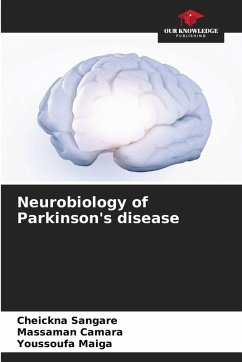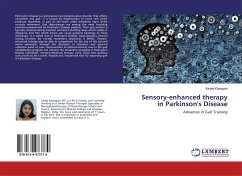Parkinson's disease is one of the most common neurodegenerative disorders. It is a chronic, progressive disease characterized essentially by the progressive and irreversible destruction of dopamine-producing neurons in a specific region of the brain known as the substantia nigra, leading to motor disorders such as rest tremor, extrapyramidal hypertonia and bradykinesia. However, other systems are also involved, notably the cholinergic, noradrenergic and serotonergic systems, responsible for cognitive disorders, non-motor symptoms, as well as alterations in posture and gait. In patients with Parkinson's disease, heterogeneous changes in the cholinergic, noradrenergic and serotonergic systems can occur in different brain regions. These changes correlate with a variety of clinical features, both motor and non-motor, refractory to dopaminergic treatment, and can be conceptualized within a systemic framework where nodal deficits can lead to circuit dysfunction.
Bitte wählen Sie Ihr Anliegen aus.
Rechnungen
Retourenschein anfordern
Bestellstatus
Storno








